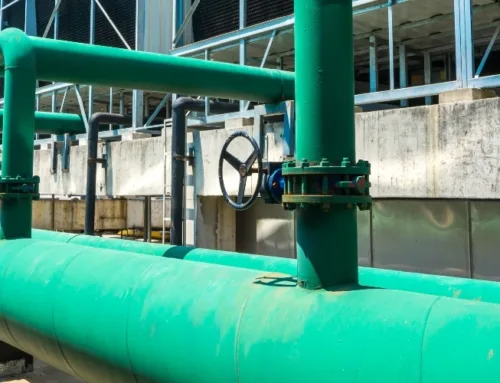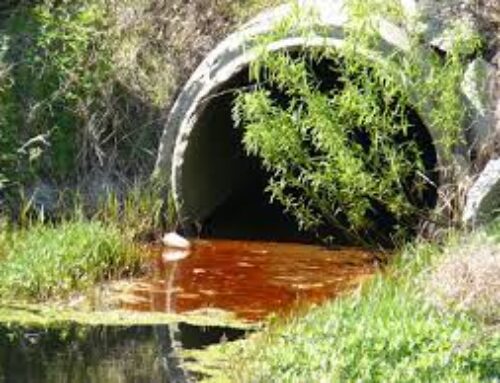Welcome to a comprehensive guide on FOG, an acronym for Fats, Oils, and Grease—a significant concern in various environments, especially within wastewater systems.
Welcome to a comprehensive guide on FOG, an acronym for Fats, Oils, and Grease—a significant concern in various environments, especially within wastewater systems.
What is FOG?
FOG comprises fatty substances originating from cooking oils, food scraps, and other sources, creating persistent issues when improperly managed.
Importance
Understanding the profound environmental impact caused by uncontrolled FOG disposal is critical.
Environmental Impact
FOG contributes significantly to sewer blockages, pipe corrosion, and its detrimental effects on aquatic ecosystems. When FOG solidifies within pipes, it constricts the flow, leading to backups and overflows in sewers. These blockages not only disrupt sewage systems but also result in costly repairs and potential health hazards for communities. Moreover, the accumulation of FOG in water bodies poses threats to aquatic life, causing oxygen depletion and disturbing the natural balance.
FOG Management
Exploring solutions to mitigate FOG-related problems is vital across different domains.
Residential Solutions
Households can adopt simple yet effective methods to control FOG accumulation. Proper disposal of grease in designated containers instead of pouring it down the drain, using strainers to prevent food scraps from entering sinks, and regular maintenance of plumbing systems are crucial practices. Awareness campaigns can educate homeowners about the impact of FOG on sewer systems, encouraging responsible disposal methods.
Commercial Solutions
Eateries and small-scale food establishments often face challenges in managing FOG. Implementing grease traps, regular maintenance, and educating staff about proper disposal techniques are essential steps. Additionally, local regulations and inspections ensure compliance, reducing FOG discharge into sewage systems.
Industrial Solutions
Large-scale food processing and manufacturing units require sophisticated FOG management techniques. Installing advanced separators, employing recycling systems for FOG, and implementing stringent protocols align with regulatory standards, minimizing environmental impact.
Effects
Unmanaged FOG can lead to severe consequences, both within infrastructures and the environment.
Sewer Blockages
FOG buildup results in clogged sewer lines, leading to frequent blockages and sewer overflows. These blockages not only disrupt wastewater flow but also pose health risks and incur substantial maintenance costs for municipalities.
Environmental Hazards
FOG pollution adversely affects water bodies and ecosystems. The accumulation of FOG on the surface of water bodies impedes sunlight penetration, hindering photosynthesis for aquatic plants and causing oxygen depletion. This disruption impacts aquatic life, leading to decreased biodiversity and potential species extinction.
Prevention
Effective measures play a pivotal role in preventing FOG-related issues.
Best Practices
Adopting preventive measures is crucial. Simple practices like scraping food off dishes before washing, using absorbent materials to soak up excess grease, and regularly maintaining grease traps significantly reduce FOG discharge into sewage systems.
Regulation Compliance
Regulatory bodies set standards for FOG management. Compliance with these regulations ensures responsible practices, reducing the environmental impact of FOG discharge.
Disposal
Safe disposal techniques are crucial to curbing the adverse effects of FOG accumulation.
Safe Disposal Techniques
Environmentally friendly methods for disposing of FOG involve recycling, repurposing, or using absorbent materials to contain and dispose of FOG appropriately. These methods prevent FOG from entering sewage systems or natural water bodies, mitigating environmental harm.
Conclusion
In summary, comprehending the implications of FOG and adopting proactive measures are imperative for environmental sustainability. Responsible management, adherence to regulations, and community participation are key in mitigating the adverse effects of FOG.
Unmasking the Secrets: Your Ultimate Guide to Fog Control Solutions
Explore our comprehensive guide to fog control solutions, delving into the intricacies of managing Fats, Oils, and Grease effectively. Unmasking the Secrets: Your Ultimate Guide to Fog Control Solutions
FOG in households?
Households can employ simple practices like grease disposal in designated containers to prevent FOG accumulation.
How to prevent FOG?
Preventing FOG involves avoiding direct disposal in sinks and drains, opting for proper waste disposal methods.
FOG in industries?
Industries face significant FOG challenges, requiring advanced technologies and compliance with strict regulations.
Environmental impact?
Unmanaged FOG leads to sewer blockages, ecological damage, and contamination of water bodies, impacting the environment adversely.






